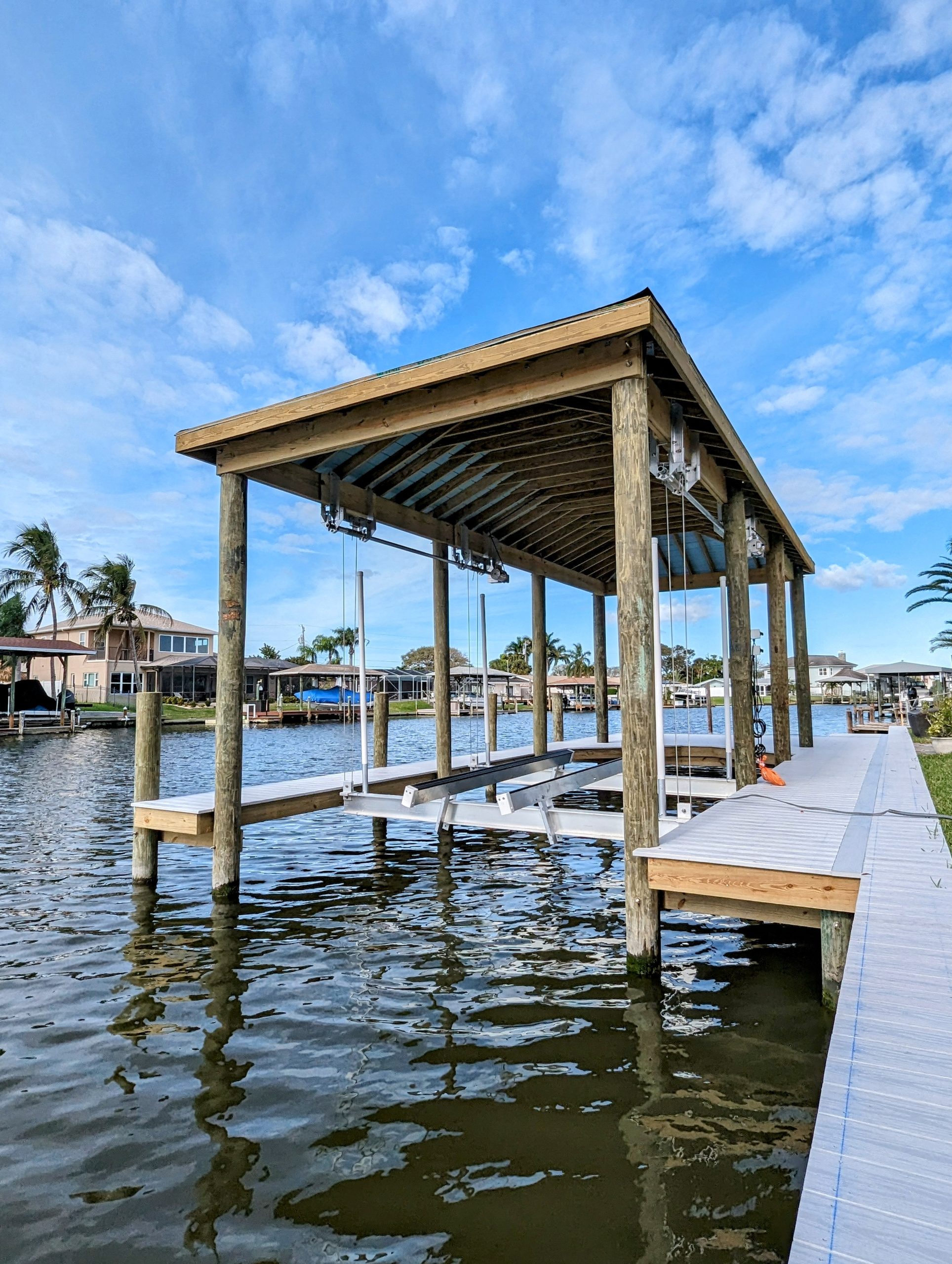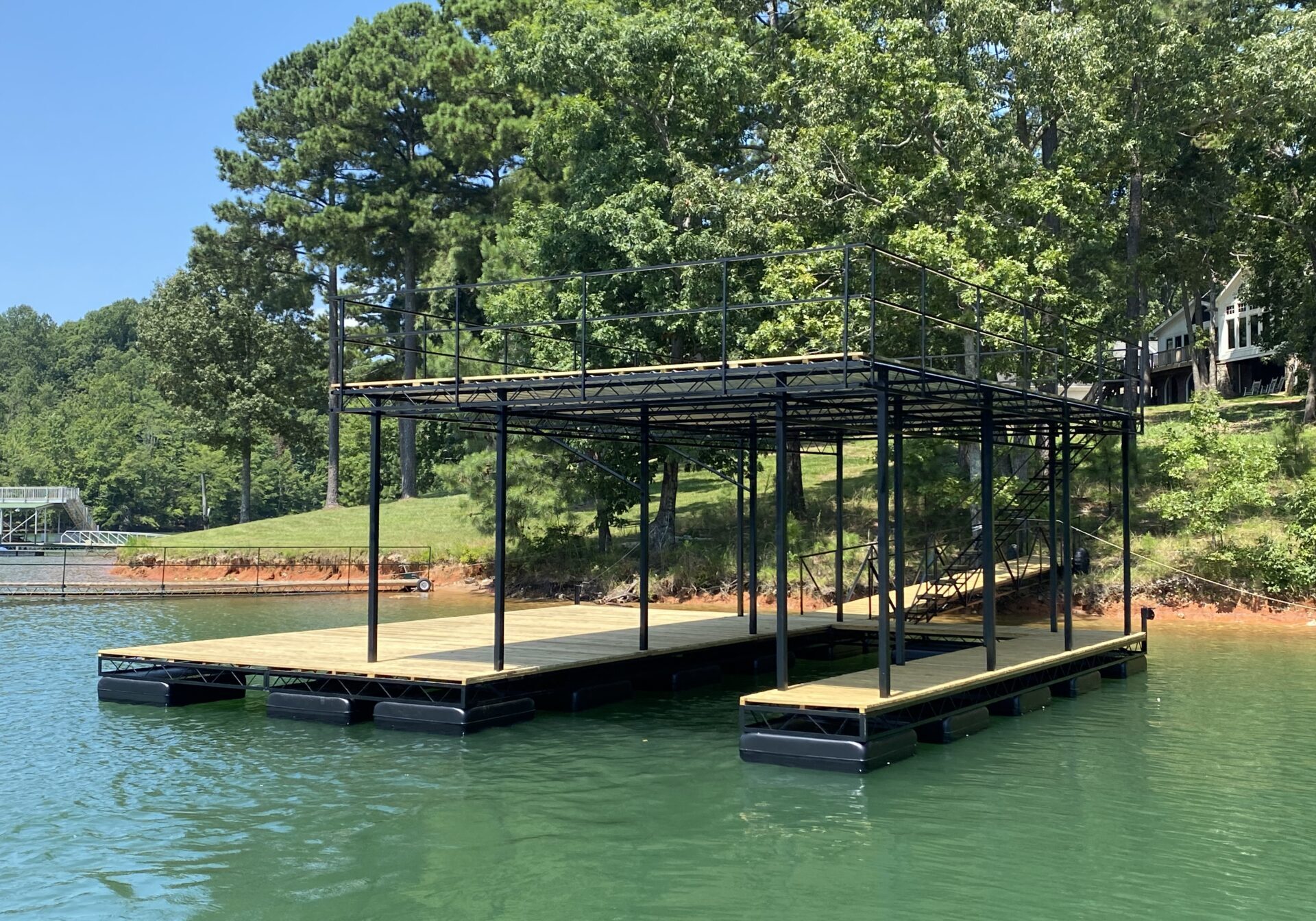Typical Issues That Bring About Expensive Dock Repairs
Typical Issues That Bring About Expensive Dock Repairs
Blog Article
How to Address Common Dock Repair Issues for Safe Water Tasks

Identifying Common Dock Issues
Recognizing common dock concerns is crucial for maintaining the performance and safety and security of your waterside residential property. Regular examinations can help uncover issues before they become extreme, making sure both the longevity of the dock and the safety of those that use it.
Another typical trouble is the destruction of flotation protection gadgets. These tools are necessary for keeping the dock buoyant, and any type of damage or leaks can cause the dock to list or sink. Frequently looking for leakages or water logged drifts can preempt much more significant concerns.
Furthermore, algae and barnacle accumulation on the dock's surface can develop unsafe and harmful conditions. This biofouling not only presents a risk to customers but can additionally speed up the wear and tear of the dock products.
Finally, checking for signs of corrosion on steel components is vital. Rust can endanger the integrity of the dock's structure, making it harmful. By consistently determining these common dock concerns, you can guarantee that your dock remains useful and safe for several years ahead.
Repairing Rotting Timber
When addressing the problem of deteriorating wood on your dock, it is imperative to act quickly to avoid more degeneration. Begin by extensively inspecting the entire structure to identify all influenced areas. Make use of a screwdriver to penetrate the wood; if it sinks in easily, the wood is likely rotted and needs immediate attention.
When determined, remove the decayed sections utilizing a saw or sculpt. Make sure to cut back to healthy, strong timber, guaranteeing you remove all jeopardized product. After elimination, deal with the remaining timber with a wood preservative to avoid future rot. This therapy will aid protect against wetness, which is the key source of wood degeneration.
Following, replace the removed sections with marine-grade lumber or pressure-treated wood, which are much more resistant to water damages. Secure the brand-new pieces with stainless-steel or galvanized fasteners to stop corrosion. In addition, using a water resistant sealant to the new wood can provide an additional layer of protection.
Protecting Loosened Boards
How do you ensure your dock stays functional and risk-free for all its users? One critical facet is safeguarding loose boards, which can or else pose considerable hazards. Loose boards not just enhance the threat of stumbling yet can additionally endanger the structural integrity of the whole dock.

For reinstallation, make use of stainless or galvanized steel screws, as these products provide remarkable resistance to rust in aquatic environments. Make certain the screws are long enough to permeate deep into the underlying assistance framework, yet not so long that they extend through the dock's surface. Pre-drilling pilot holes can assist stop the wood from splitting.
Finally, preserve a normal evaluation timetable to determine and resolve any type of new issues quickly. By protecting loosened boards successfully, you add to the general security and long life of your dock, making it a dependable system for water tasks.
Supporting Unstable Pilings
Making sure the security of unsteady pilings is paramount to maintaining a functional and safe dock. Unsteady pilings can compromise the entire structure, posing significant risks to users and possibly causing pricey repair work. The initial step in supporting these essential elements is a detailed examination. Examine the pilings for indications of rot, damages, or changing. Use a level to check for upright positioning and ensure they are driven deep enough into the substratum to provide appropriate support.
If the pilings are found to be unpredictable, one efficient approach for support is the use of additional bracing. Cross-bracing with treated lumber or galvanized steel can substantially boost security. Support the dental braces firmly to both the pilings and the dock framework to distribute lots equally.

Routine maintenance and periodic review of the pilings' security are vital to making certain lasting dock safety and security and capability.
Replacing Rusty Hardware
Dealing with unstable pilings is just one facet of keeping a dock's stability; one more vital concern is replacing corroded hardware. In time, exposure to wetness and salt can bring about the oxidation and rust of brackets, bolts, and screws, compromising the entire structure's safety. Regular examination for corrosion is vital, specifically after serious climate or seasonal modifications.
When rusty hardware is identified, instant action is required. Begin by selecting marine-grade stainless steel or galvanized hardware, both made to resist the harsh aquatic environment. Guarantee that you have the appropriate devices, such as wrenches and browse around this web-site screwdrivers, to securely get rid of the old, corroded items without creating further damages to the dock.
After removing the rusty hardware, extensively clean the influenced areas to get rid of any type of recurring corrosion or particles. Apply a rust-inhibiting primer to revealed metal surface areas before installing the new equipment. Tighten all components firmly to stop future helping to loosen, and periodically examine the installations to make sure recurring stability.
Replacing rustic equipment not only expands the dock's life-span but also considerably boosts the safety and security of water activities. By proactively taking care of corrosion, you shield both the framework and its individuals, making certain a satisfying and safe waterfront experience.
Conclusion
Regular inspections and upkeep are important to resolve usual dock repair concerns and make sure risk-free water activities. Such aggressive here measures contribute to the overall safety and performance of dock structures, promoting a safe and secure setting for water-based activities.
Ensuring the security of water activities hinges dramatically on the correct upkeep and repair of docks (Dock Repairs). These gadgets are crucial for keeping the dock resilient, and any kind of damage or leaks can cause the dock to listing or sink. By routinely determining these usual dock problems, you can guarantee that your dock continues to be functional and safe for years to come
Ensuring the stability of unstable pilings is extremely important to maintaining a safe and useful dock.Normal inspections and upkeep are necessary to resolve common dock fixing problems and make sure secure water tasks.
Report this page